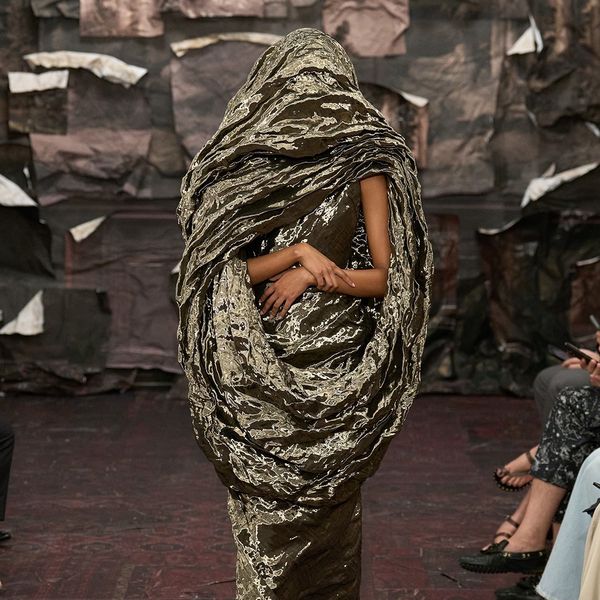Health
The Hot New Thing in Health? The Ancient Healing System of TCM
Why people are turning to Traditional Chinese Medicine in the wake of COVID-19.

05 May, 2020
10 November, 2021
Graphics
Ashley Combs
In the wake of the novel coronavirus, foamy with soap and hand sanitizer, a meme has floated to the surface: “Some of y’all went from DIY homemade, natural, all-organic cleaning products to Clorox real fast.” As a member of the “y’all” in question, I can confirm—I am more than happy to bleach my typically essential-oil-covered countertops for the time being, thank you very much. Still, it needs to be said: Some of y’all went from pills and prescriptions to holistic healing real fast, too.
“I have seen such an increase in interest in Traditional Chinese Medicine [TCM] since COVID-19,” Mindi K. Counts, a TCM practitioner and the author of Everyday Chinese Medicine, tells Coveteur. Considering what we know about the novel coronavirus—that is, not much—the spike isn’t exactly surprising. There is no approved treatment, cure, or vaccine for COVID-19, the disease caused by SARS-CoV-2. Once-promising plans of action, like the use of hydroxychloroquine and ventilators, are now being questioned. The president has suggested that injecting disinfectant could cure the disease (it cannot—please do not attempt). The only method that experts unanimously endorse is prevention as a means of protection. You know, the centuries-old philosophy at the center of Chinese Medicine.
“We have this saying, ‘The pathogen is nothing, and the host is everything,’” Counts says. “It means that who you are and your level of vulnerability is going to set the tone for whether or not you get the cold or flu or a particular sickness, how bad it is, how long it lasts, and how severe your symptoms are.”
Sound familiar? That’s probably because Dr. Anthony Fauci, unlikely heartthrob and the director of the National Institute of Allergy and Infectious Diseases, has used strikingly similar language to describe who is most likely to be infected with COVID-19 (the elderly, those with underlying medical conditions) and why (decreased immune function). No wonder the ancient healing system is the hot new thing.
“I have seen such an increase in interest in Traditional Chinese Medicine [TCM] since COVID-19,” Mindi K. Counts, a TCM practitioner and the author of Everyday Chinese Medicine, tells Coveteur. Considering what we know about the novel coronavirus—that is, not much—the spike isn’t exactly surprising. There is no approved treatment, cure, or vaccine for COVID-19, the disease caused by SARS-CoV-2. Once-promising plans of action, like the use of hydroxychloroquine and ventilators, are now being questioned. The president has suggested that injecting disinfectant could cure the disease (it cannot—please do not attempt). The only method that experts unanimously endorse is prevention as a means of protection. You know, the centuries-old philosophy at the center of Chinese Medicine.
“We have this saying, ‘The pathogen is nothing, and the host is everything,’” Counts says. “It means that who you are and your level of vulnerability is going to set the tone for whether or not you get the cold or flu or a particular sickness, how bad it is, how long it lasts, and how severe your symptoms are.”
Sound familiar? That’s probably because Dr. Anthony Fauci, unlikely heartthrob and the director of the National Institute of Allergy and Infectious Diseases, has used strikingly similar language to describe who is most likely to be infected with COVID-19 (the elderly, those with underlying medical conditions) and why (decreased immune function). No wonder the ancient healing system is the hot new thing.


WHAT IS TRADITIONAL CHINESE MEDICINE?
“Traditional Chinese Medicine came out of post-communism China and is just one of the many theories and lineages of Chinese Medicine practiced today,” Nicole Miziolek, a board-certified acupuncturist and Chinese Herbal Medicine practitioner, tells Coveteur. She describes TCM as a more Westernized version of Chinese Medicine. Today it’s one of many modalities used in Acupuncture and Oriental Medicine (AOM), which is the national term recognized by the World Health Organization (WHO).
“AOM doesn’t just cure an illness or ailment, but treats the entire body holistically,” explains Soo-Kyung Ahn, a board-certified acupuncturist and herbalist with Re Nu Mi Wellness Center. You’ve likely heard of or even experienced some of its tools before, which include “acupuncture, herbal therapy, Tuina massage, dietary therapy, Tai Chi, and Qi Gong,” according to Ahn, as well as gua sha, cupping, ear seeding, and moxibustion. “It is ultimately based in Taoist philosophy and rests on more than 5,000 years of observation, clinical experience, and scholarly research.”
Overall, it aims to prevent and treat sickness by bringing the mind, body, and spirit into “balance and harmony,” as Ahn says.


THE LANGUAGE OF TCM
While preventative, root-cause medicine isn’t a concept exclusive to TCM (see: Ayurveda, the healing system of India, or Rongoā, the medicinal practice of New Zealand’s Māori tribes). TCM goes about it in its own way.
“The system looks at the individual as who they are,” Counts says, and each individual has what’s known as a constitution, or a fixed and unchanging “energetic profile.” TCM uses the five elements to illustrate this concept: earth, water, wood, fire, and metal. “It’s very rare to find someone who is 100 percent one element; usually, we’re all mixtures,” she says. (For example, I have a water-dominant constitution, which I learned by taking the free quiz on Counts’ site, with hints of wood and earth.)
Each element has a yin expression and a yang expression. (That’s pronounced yahhhng, by the way.) “Some of us are more yin, more introverted, and some of us are more yang, more extroverted,” the author shares. What determines your element and its yin or yang expression is your personal Qi (pronounced “chi”). That’s the life-force energy that runs through every living thing in the universe, from humans to bowls of soup to coffee tables, as Counts describes. But let’s focus on human Qi for the time being, shall we?
“When we are most in flow and most healthy is when our personal Qi is moving well,” the practitioner explains. “When energy gets backed up or gets stuck, that’s when we start to have symptoms, and symptoms will tell you that something is out of balance.” Of course, large life events, like a death in the family or a car accident, can cause symptoms of imbalance—but most can be traced back to everyday issues, like work stress, relationship problems, or diet.
Here is where TCM differs most from Western medicine: “If you have 10 people who go to a Western doctor for the same symptom, like a headache, they’re all basically going to get the same tests, the same questions, the same treatment,” Counts says. But in TCM, your individual constitution, expression, and Qi are taken into account. “TCM recognizes that we are so unique, and one treatment strategy does not cover all people like a blanket,” she notes. “If we’re both having headaches, we’re probably having them for very different reasons—and those reasons are called patterns.”
To recap, Traditional Chinese Medicine facilitates the flow of Qi by correcting imbalances in your constitution, yin-yang style, in order to resolve the patterns causing your symptoms. Got that?
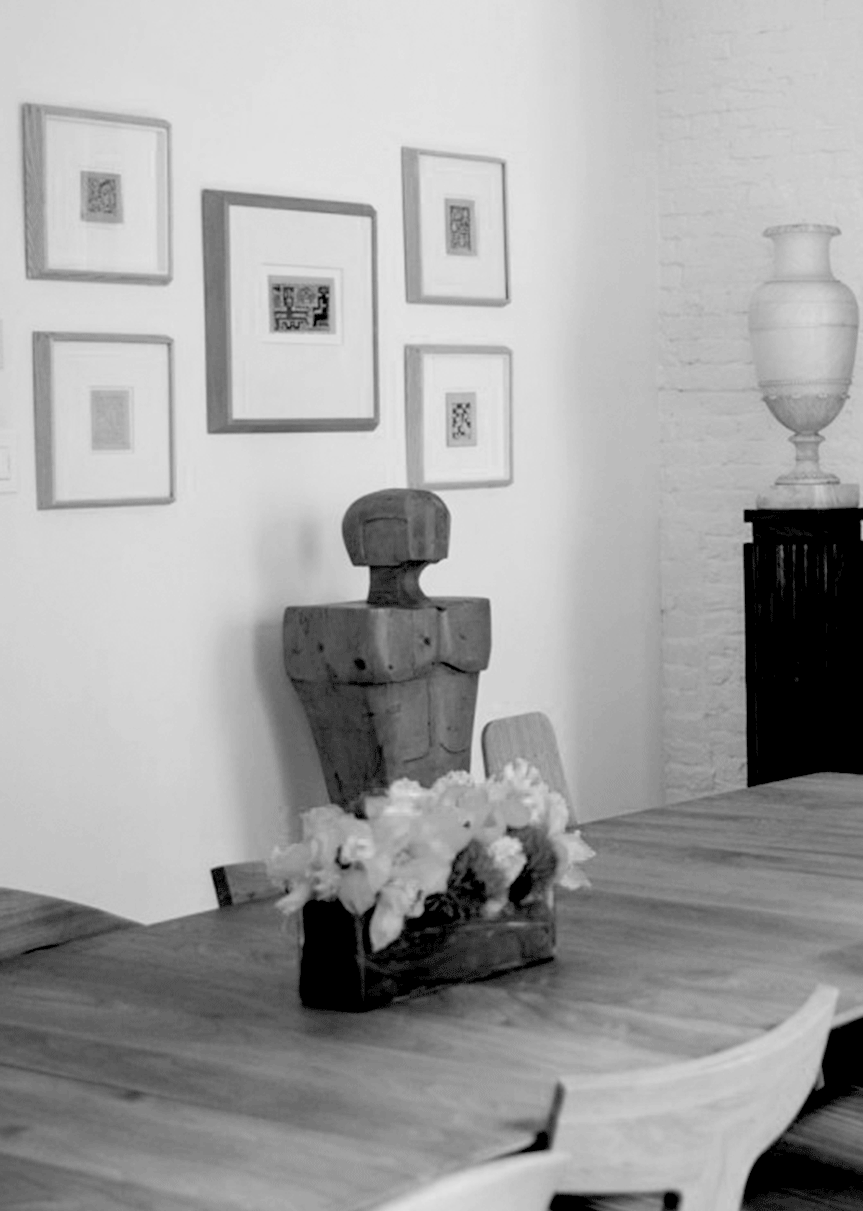
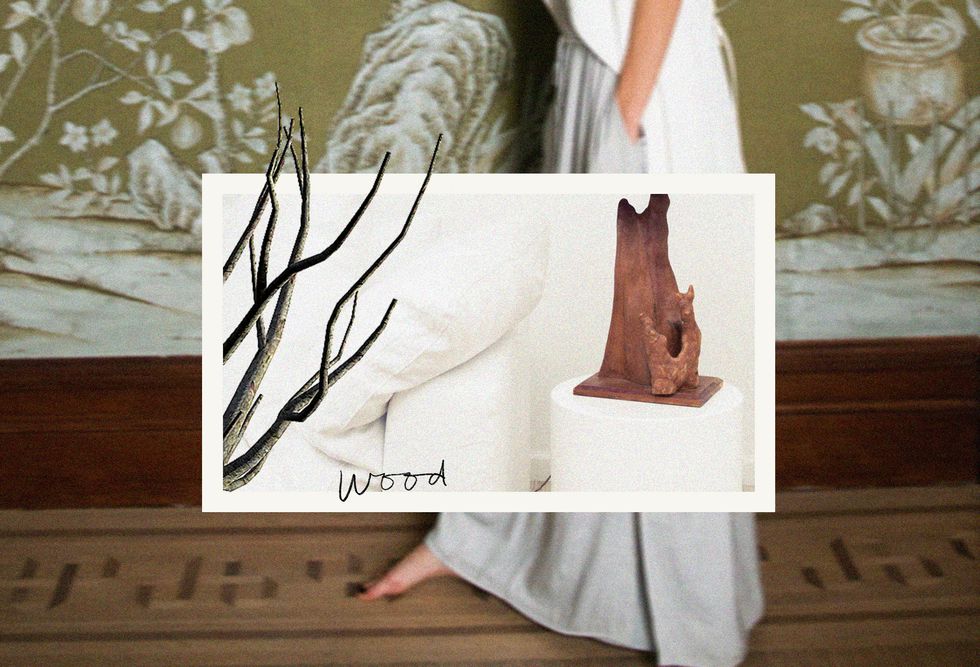
WHAT DOES A TYPICAL TCM PRACTICE LOOK LIKE?
Trick question: There’s no such thing as a typical TCM practice.
The methods that will work for you are based on your unique constitution and patterns—you can’t exactly Google “best Chinese herbs” and get an answer that applies. For this reason, many people who practice TCM opt to work with a practitioner at first; however, that’s not the only option. According to Counts, the most effective way to practice TCM and, as a result, boost your immune system, energy levels, and overall happiness, is by—get this—being yourself.
“The more we know ourselves, the more we can keep ourselves really strong and healthy,” Counts says. She encourages embracing your natural rhythms, like “making sure that you get however much sleep you need. Whatever foods you break down well, you get those foods.” Both will help boost the flow of Qi, as will honoring your energetic (or emotional) self. “In our culture, we’re rewarded for being really extroverted, but that’s not authentic to everyone,” she says. “We don’t get to live in an inauthentic way, on an energetic level, without consequence.”
That said, there are some universal tools that TCM relies on to strengthen one’s Qi.
“Cupping and acupuncture, those things are going to keep us in flow and keep our energy moving really well,” Counts says. Gua sha, or “skin scraping,” does the same by (theoretically) releasing stagnant blood and toxins and (scientifically) boosting circulation and oxygenation. Moxibustion, the act of burning certain herbs near pressure points on the body, is thought to promote the flow of Qi by heating “cool” or stuck areas, while Tai Chi and Qi Gong balance the body through physical movement.
Herbal remedies are maybe the most common “prescription” within TCM, but again, the herbs should be tailored to your constitution and imbalances. As with any holistic practice, diet plays a huge role in overall health. TCM favors warm, cooked foods and warm or room-temperature water—no ice!—because cold is believed to slow digestion, and thus, Qi.
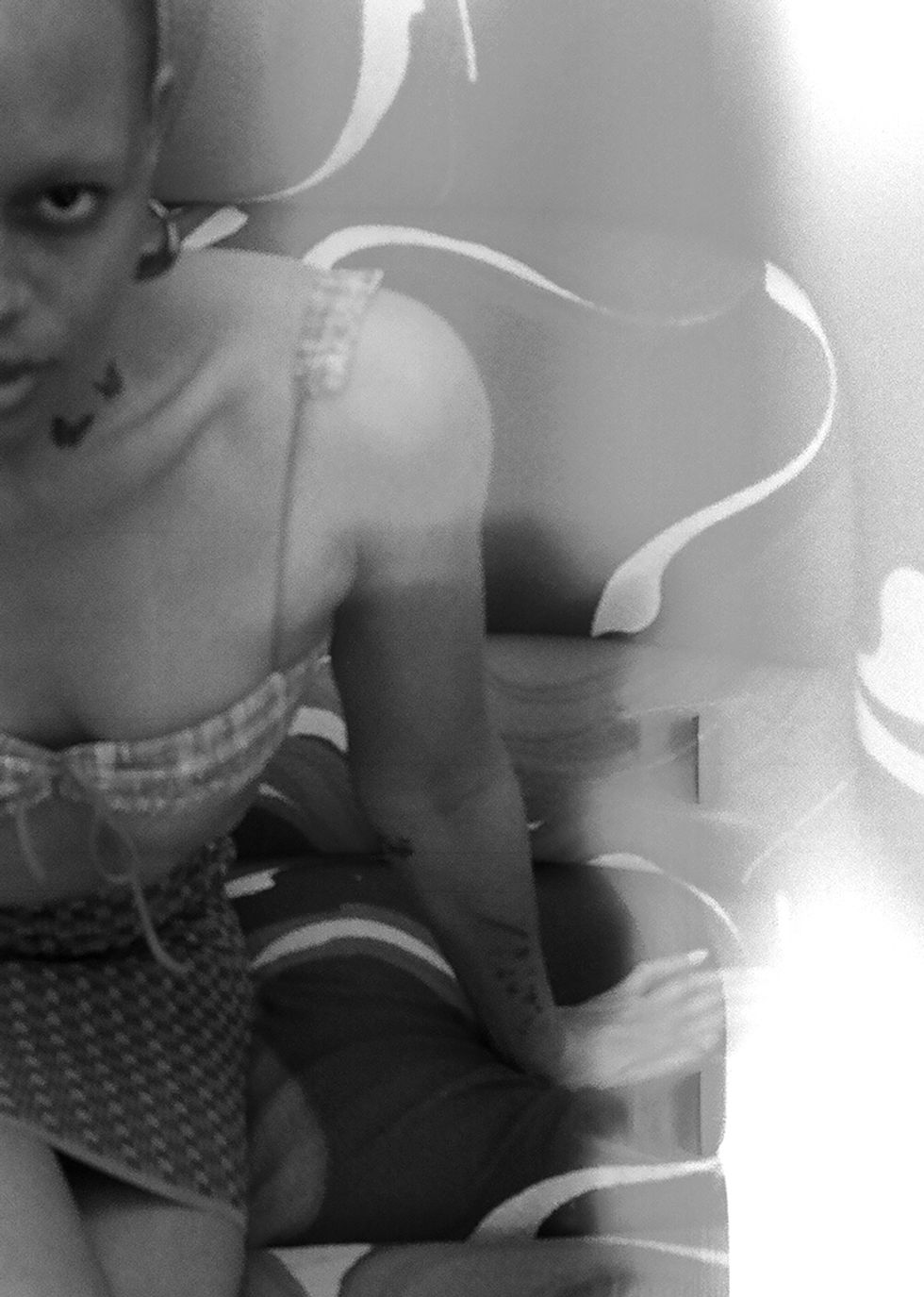

HOW DOES ALL THIS BOOST IMMUNITY?
“A healthy immune system is all about balance and harmony,” Ahn says. “At least 80 percent of illnesses are caused by immune-system problems.” And as the spread of the novel coronavirus illustrates, “if your immune system is on point, it’s a lifesaver.”
Ahn explains that when a being’s mind, body, and spirit exist in harmony, it allows the body to do its job best. “It helps you to get quality sleep by activating the parasympathetic nervous system, [and during sleep,] the human body produces cytokines, a protein that targets infection and inflammation, effectively creating an immune response.” Gut health reduces inflammation and supports immunity as well; or as Ahn puts it, “a healthy gut on the inside will protect you from viruses and bacterial infections on the outside.”
Finally, TCM helps release “negative emotions” and stress, which has both a direct and indirect impact on the immune system. “There are numbers of studies showing that feelings of helplessness and hopelessness can create chronic stress, which upsets the body’s hormone balance, depletes the brain chemicals required for happiness, and damages the immune system,” she says. “Stress can also have an indirect effect on the immune system, as a person may use unhealthy behavioral coping strategies to reduce their stress, such as drinking alcohol, poor diet, lack of exercise, and lack of sleep.”
It’s easy for a skeptic to dismiss—immune support based on the hypothetical comings and goings of a life force known as Qi?—but there is scientific evidence to support the efficacy of TCM.
A recent review of SARS-CoV patients concluded that, although more research is needed, “TCM, used together with conventional treatment, had some positive effects, including better control of fever and quicker clearance of chest infection and other symptoms.”
The South China Morning Post reports that 87 percent of China’s COVID-19 patients “were given traditional medicines” alongside “mainstream antiviral drugs,” and 92 percent of those patients showed “significant” improvement. “Traditional Chinese Medicine has played an active role in improving the recovery rate and lowering the mortality rate among patients,” Gao Xiaojun, a spokesman for the Beijing Health Commission, told the Post. CNN reports that the rate of recovery for patients with mild symptoms who received TCM treatment was 33 percent higher than for those who did not.
Individual modalities—cupping, acupuncture—have been shown to have impressive effects on immune function, as well. “Traditionally, gua sha is used to treat the symptoms of an already existing cold or flu,” Gianna De La Torre, acupuncturist, herbalist, and co-founder of Wildling, tells Coveteur. “A 2016 study showed that gua sha increases pro-inflammatory cytokines, which are immune-system activators.”
What’s more, “the WHO recognizes Acupuncture and Oriental Medicine as effective for over 43 conditions,” Ahn says.
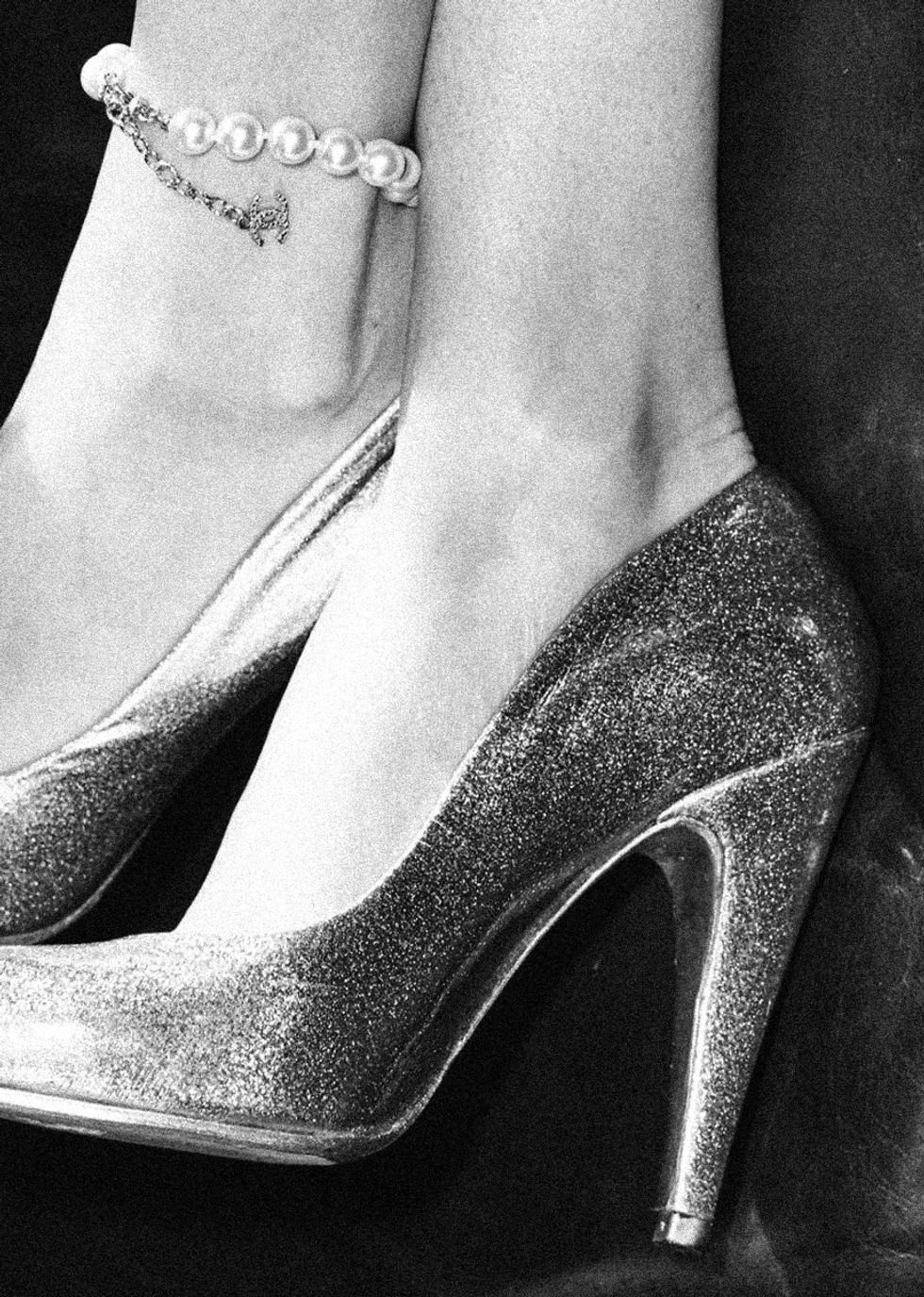
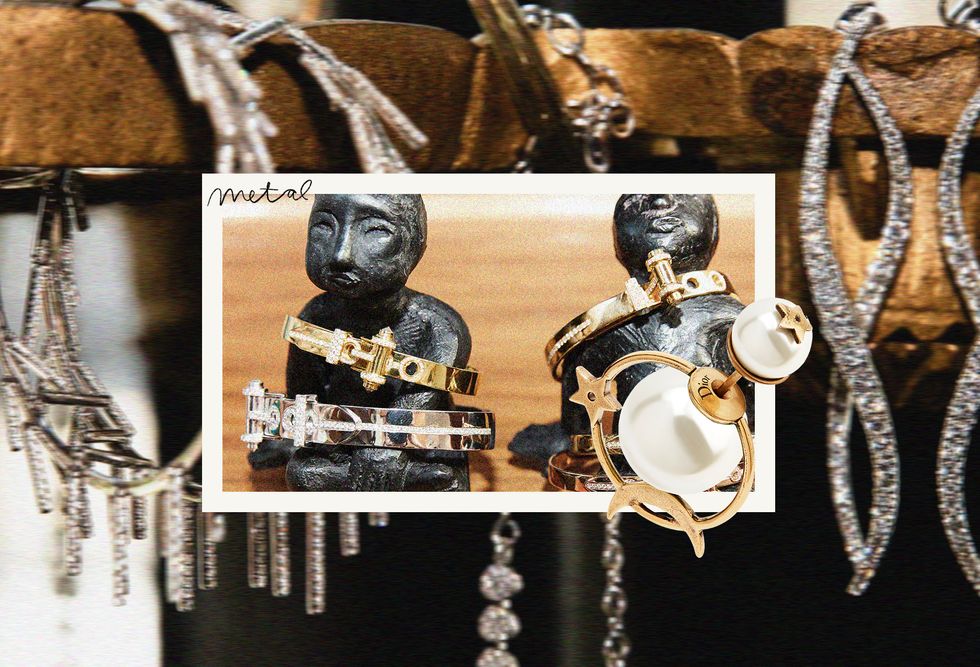
HOW DO I DO IT?
Considering adding TCM to your current hand-sani-and-soap routine? Thought so. Alas, some tentpoles of the practice, like acupuncture, require an in-person practitioner and are not so ideal for isolation, but there’s still plenty you can do from home.
For those who prefer professional guidance, online consultations are the way to go. Counts and her contemporaries, like Vie Healing, have largely shifted to telemedicine in isolation and can assess your constitution, Qi, and more via video chat. “I’ve been having virtual appointments with my practitioner while we’ve been quarantined, so she can tailor my herbs—right now it’s a mix of stress and anxiety with some sleep support—and advise me on things I can be doing at home to stay healthy and sane,” Allyson Conklin, the founder of Allyson Conklin Public Relations, tells Coveteur.
Self-analysis is possible, too, says Counts. She recommends taking an online quiz to determine your constitution and diving into independent research from there. Her book, Everyday Chinese Medicine, can help you figure out which herbs and practices will be most helpful to you during this time.
According to Ahn, however, TCM can be even simpler than that. All you have to do is listen to the day-to-day callings of your mind, body, and spirit.
“Do not lose your routine, do not lose your biological rhythms,” she says. “I highly recommend incorporating a spiritual exercise, such as meditation or prayer, every day—the more, the better, but start with five minutes if you are a beginner.” (Check out her live virtual Zen Meditations via Re Nu Mi Wellness Center’s Facebook page.) The practitioner also recommends a daily “moving meditation,” like Tai Chi, which can help “strengthen the mind-body connection and support overall health.”
Her last tip is perhaps the best tip. “Don’t forget to love yourself,” Ahn advises. “Compliment yourself every day, more than five times a day.” I mean, compliments can’t replace Clorox—but if the recent turn toward TCM is any indication, they just might help.
[Editor’s Note: As ever, we are not doctors or medical know-it-alls. And everybody is different, so make sure to check with a doctor before trying anything new.]
Want more stories like this?
How to Get Better, Deeper, Longer Sleep
4 Simple Acupressure Routines to Help Reduce Stress
The One Thing Keeping Me Calm in Quarantine—Candles Shaped Like Food



